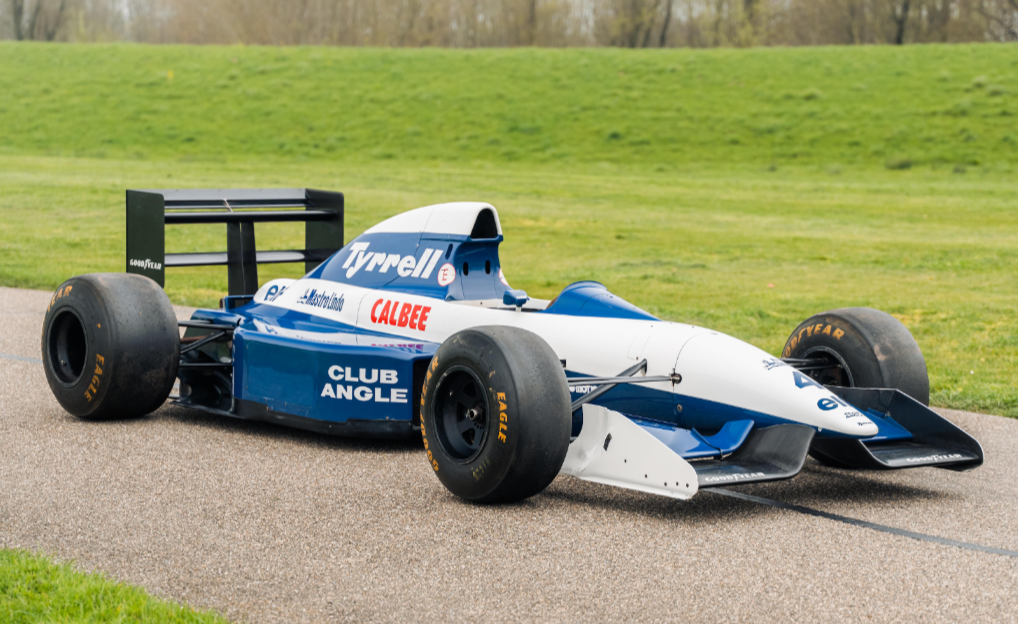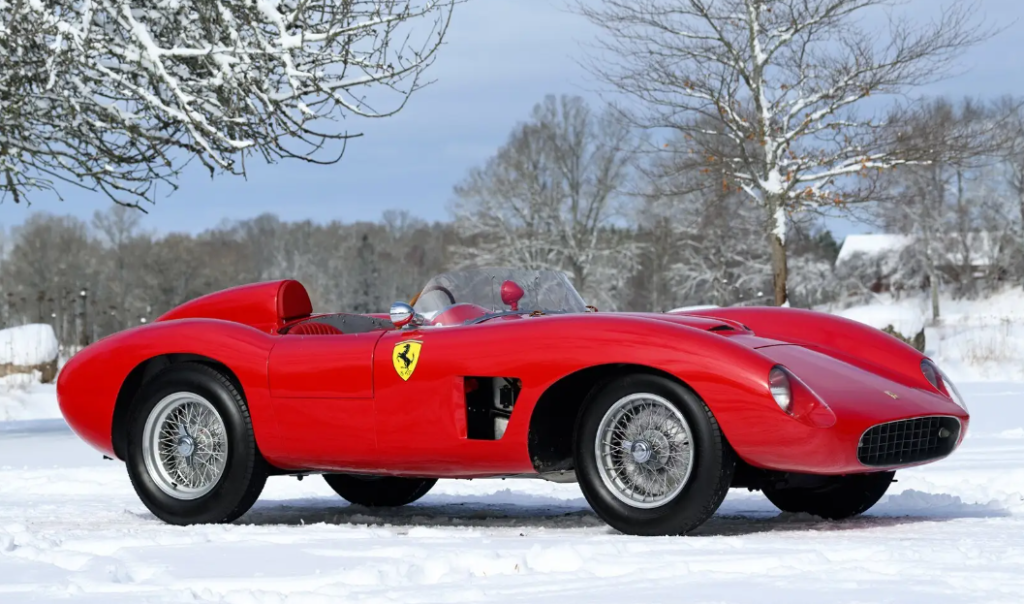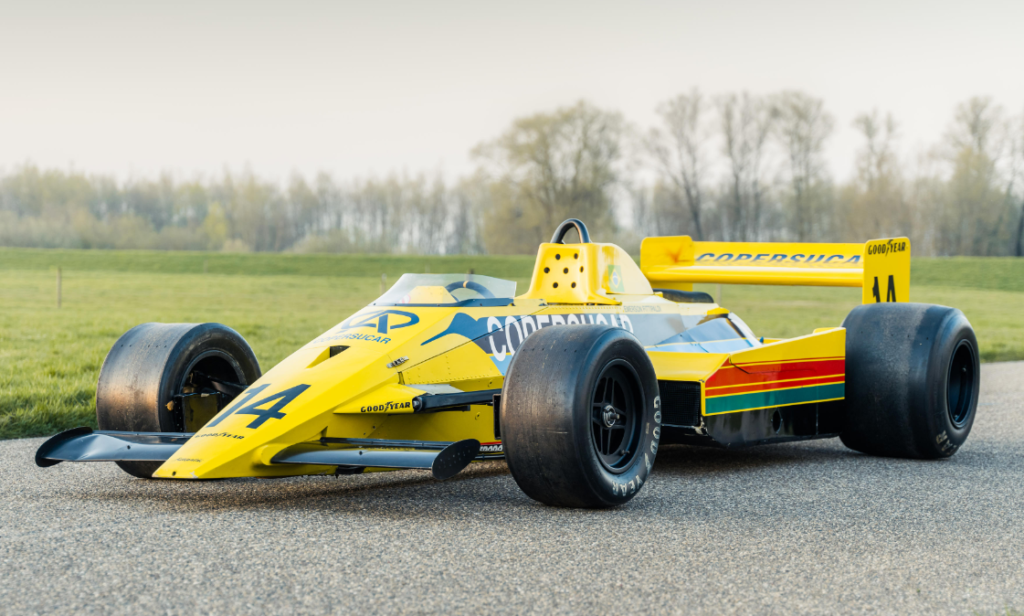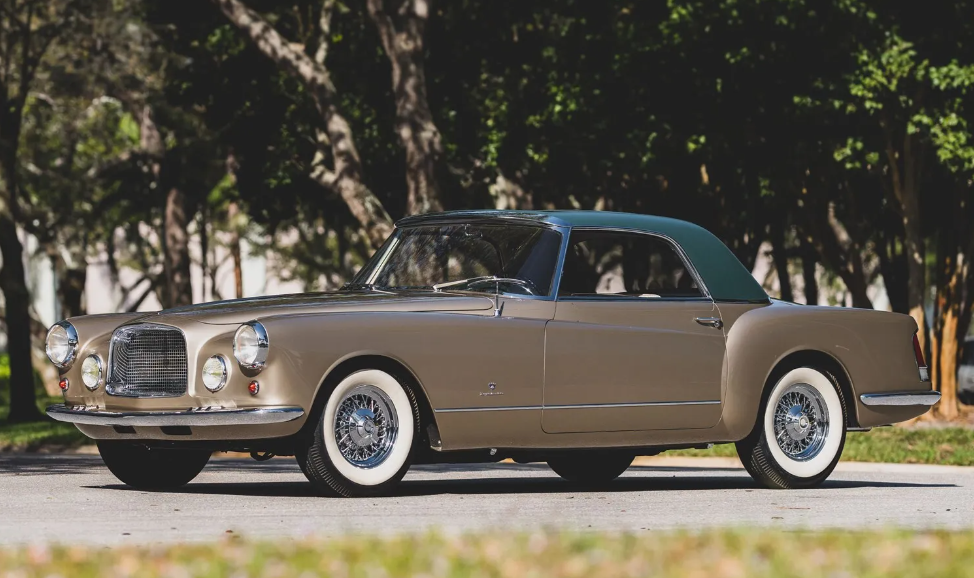1972 Ferrari 312 PB
Offered by RM Sotheby’s | Cernobbio, Italy | May 20, 2023

Big-time Ferrari prototype sports racers don’t change hands very often. At least not publicly. The 312 PB was a Group 6 prototype race car built and campaigned between 1971 and 1973. Fun fact, this car was technically called the 312 P, but Ferrari also had an older 312 P, so it’s been retroactively dubbed “PB.”
Another fun fact is that these cars took so much focus from Ferrari that their Formula One program had begun to suffer. So after the 1973 sports car season, they walked away from prototype racers to focus on F1 again. So this was sort of the last of the line for a while.
The car is powered by a 3.0-liter flat-12 that made 460 horsepower. It’s unclear how many were produced, but the catalog says this chassis, 0886, is one of six used as works racers during the 1972 season. Its competition history includes:
- 1972 1,000km of Buenos Aires – 1st (with Ronnie Peterson and Tim Schenken)
- 1972 12 Hours of Sebring – 2nd (with Peterson and Schenken)
- 1972 1,000km of Monza – 3rd (with Peterson and Schenken)
- 1972 1,000km Nurburgring – 1st (with Peterson and Schenken)
This car was then present at the Monterey Historics as early as 1975. Ferrari won the sports car manufacturer’s championship in ’72, with a huge helping hand from this chassis. It now carries a massive estimate of $15,500,000-$19,750,000. Click here for more info.
Update: Sold $12,766,856.









